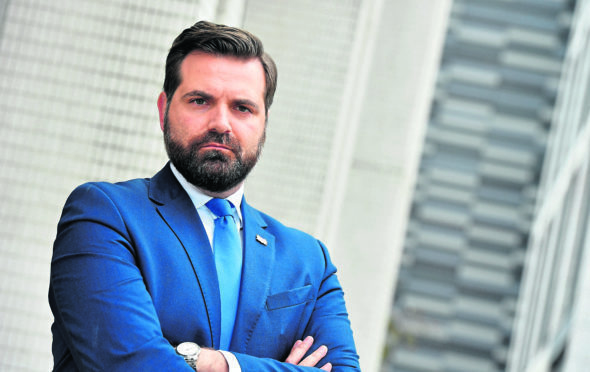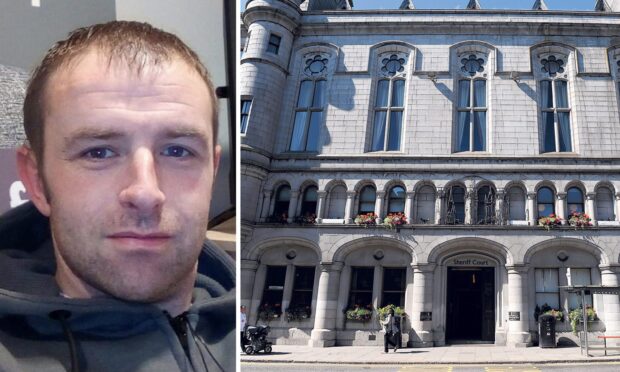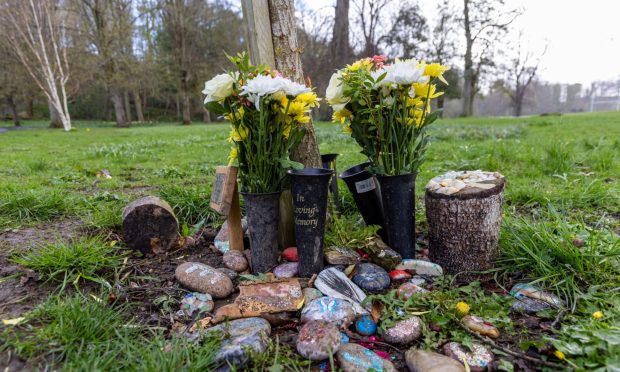A decision to remove caps on primary one class sizes in Aberdeen was branded a “retrograde step” yesterday.
The opposition SNP said that the decision, taken at last week’s budget, was “regrettable” and also moved that more information should be provided before moving ahead with revised school capacity numbers.
Unions have criticised the decision to remove the 18 child cap on primary one classes – raising fears teachers will be even more stretched.
But education convener John Wheeler said that studies on whether class sizes affected attainment were mixed – and pointed out that countries like China and Canada have bigger classes but better results.
>> Keep up to date with the latest news with The P&J newsletter
Scottish Government guidelines say primary one classes should not exceed 25 pupils and a cap of 18 had been put in place.
At the education committee meeting yesterday, SNP education spokeswoman Gill Al- Samarai said: “I think this is a retrograde step.
“Research does support that smaller class sizes do improve attainment for children.”
But Mr Wheeler said: “This is not my opinion – this is the information teachers and headteachers across the city have given me that smaller classes, in their professional opinions do not affect outcomes.
“This is based on a body of both global and national research.“
Officers also warned councillors on the committee that extra space would have to be searched for in schools in coming years as rolls were set to increase.
In some cases art rooms and computer labs are likely to be transformed into classrooms.
The SNP moved that more information be gathered on the impact of new housing developments and planned schools on existing school capacity.
Liberal Democrat committee member Martin Greig moved that instead of approving new figures, they were simply “noted”.
He added: “The school estates review has to be carried out in as sensitive a way as possible. Parents need to have the maximum opportunities to find out about what is happening and have their say.
“Individual schools are under great pressure to find ways of making space for additional pupils. The council needs to be more cooperative and supportive of the needs of the young people. “
Mr Greig’s amendment was carried by 10 votes to seven.










